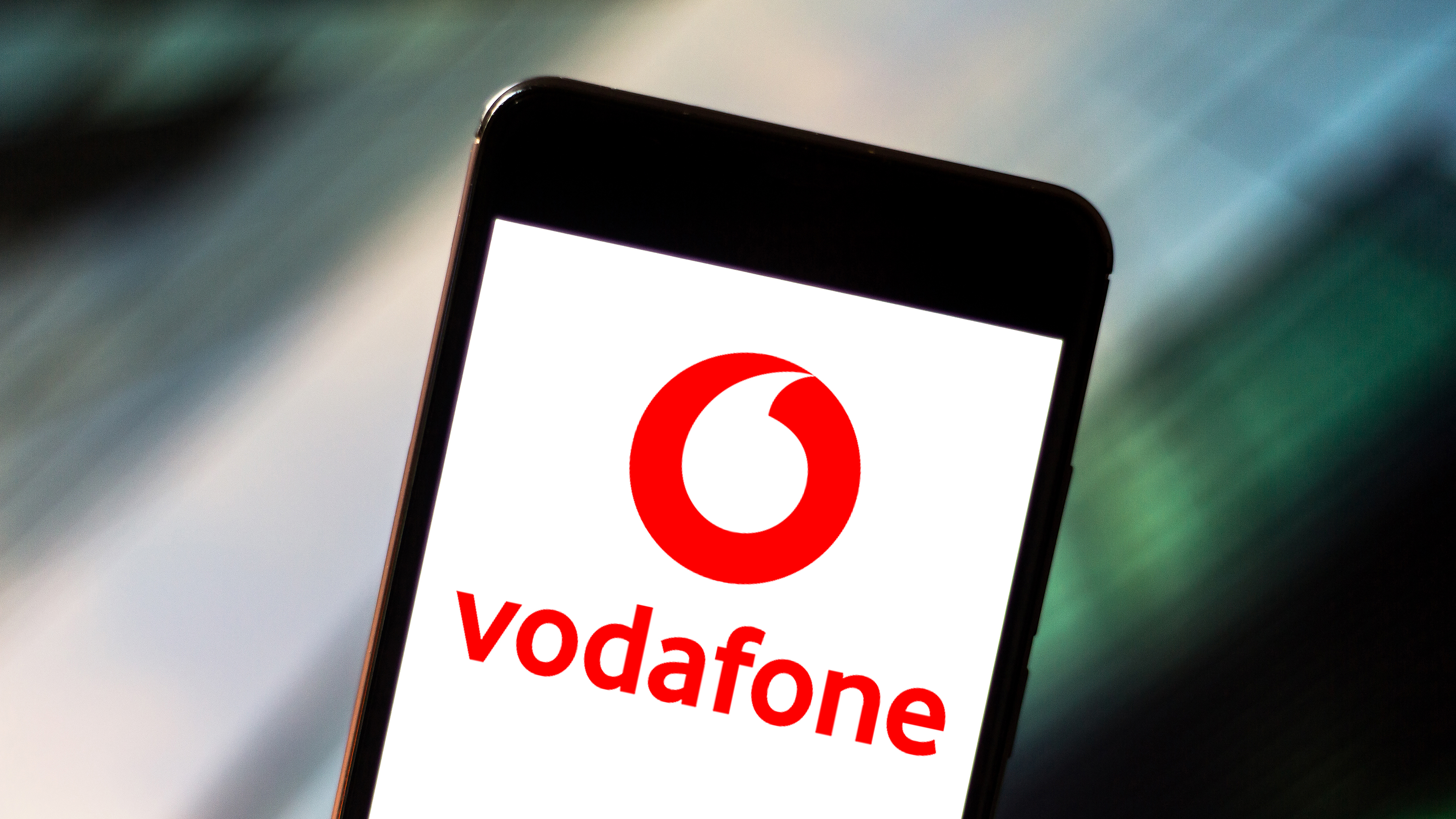
Vodafone and Ericsson believe slicing a 5G Standalone network does wonders for mobile gaming.
5G network slicing, as explained by Ciena’s Blue Planet, is a method of creating “multiple unique logical and virtualized networks” over a common multi-domain infrastructure.
In other words, common physical infrastructure can be used to create multiple networks with unique use cases such as, for example, mobile gaming.
Satisfied testers
In their test, Vodafone and Ericsson split gamers into two categories - one playing a cloud-based mobile game on a smartphone using a simulated public network like the ones we use every day, and the other one using an isolated 5G Standalone network slice, optimized for cloud gaming. In the first group, two-thirds (63%) ranked their satisfaction between 0-5/10, with 13% ranking it 8/10 or more.
They were mostly frustrated with loading times, sound and visuals being out of sync, and the dreaded lag. In the second group, the companies claim, almost everyone (88%) was super satisfied with their experience (8/10). Loading times were cut, graphics rending was smoother, lag was reduced, and so was jitter.
Numbers-wise, the two companies claim gamers experienced a 270% increase in download and upload performance, a 25% decrease in latency, and 57% less jitter.
For quite some time now, Vodafone has been working on merging with Three UK, another major telecommunication provider in the UK. The deal faced regulatory concerns, as some weren’t too enthusiastic about creating a mega-telco and reducing the number of competitors in the country down to three.
However, Vodafone says that together with Three, it would be able to deliver 5G Standalone at scale, as the merged company would be able to invest £11 billion in network upgrades over the next decade. Allegedly, that would mean 99% of the populated areas in the country would be covered by 2034.
- Check out the best cheap cell phone plans







